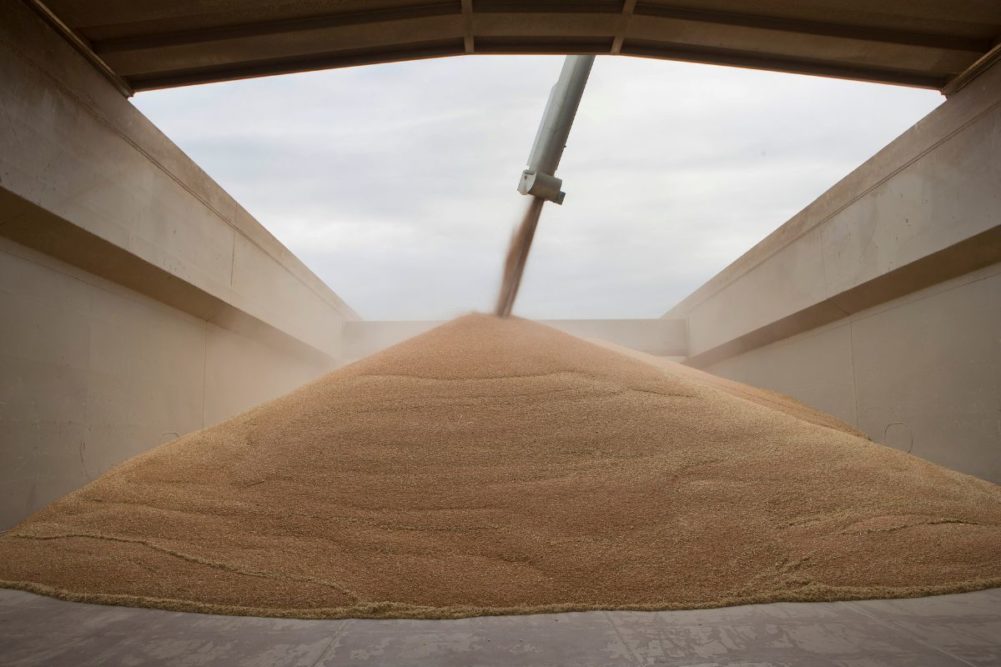WASHINGTON, DC, US — Lower water levels due to drought conditions have restricted the amount of grain able to be loaded on Mississippi River barges, leading to a significant increase in barge spot rates, according to the latest Grain Transportation Report from the Agricultural Marketing Service (AMS) of the US Department of Agriculture.
In its weekly report, the AMS said the restrictions, which have grown increasingly stringent since June, lower the amount of grain allowed to be loaded on a barge. As a result, barge supply has tightened, because more barges than normal are required to ship the same amount of grain.
As of Aug. 29, spot rates at St. Louis, Missouri, US, had reached $23.34/ton, up 49% from last week, 42% from last year, and 85% from the three-year average. The St. Louis one-month and three-month rates are also elevated, up 53% and 48% from the five-year average, respectively.
“With lower-than-normal precipitation in the forecast, levels will likely continue to fall in the coming weeks,” the AMS said. “If these conditions persist, the tight barge supply could be especially problematic as the corn and soybean harvests progress.”
Barges using the Mississippi River System deliver about 90% of the grain exported through the Mississippi Gulf port region. Barge rates can be volatile because sudden shifts in demand for barge services can significantly raise or lower barge rates. Shippers may react to the higher rates by postponing shipments until rates fall or by shipping via an alternate mode, according to the AMS.
The Mississippi River, Illinois River and Ohio River are the primary waterways for moving agricultural products by barge in the United States. They are especially important for transporting bulk grains and oilseeds from the Midwest to export ports in New Orleans, Louisiana, US. New Orleans is the leading port for exported corn and soybeans.






